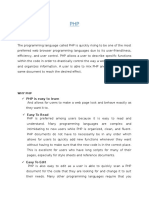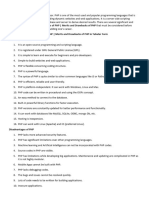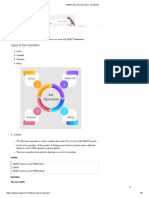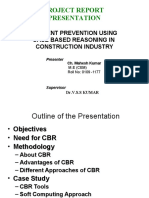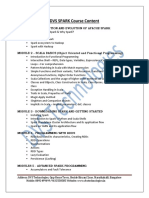0% found this document useful (0 votes)
19 views52 pagesUnit1 PHP
The document provides an introduction to PHP and MySQL, covering the history, features, and basic programming concepts of PHP, including variables, operators, loops, and arrays. It outlines the evolution of PHP from its inception in 1995 to the latest version, PHP 8, highlighting its advantages such as performance, scalability, and ease of use. Additionally, it includes practical examples and code snippets to illustrate PHP's functionality in web development.
Uploaded by
Satya brata nandaCopyright
© © All Rights Reserved
We take content rights seriously. If you suspect this is your content, claim it here.
Available Formats
Download as PDF, TXT or read online on Scribd
0% found this document useful (0 votes)
19 views52 pagesUnit1 PHP
The document provides an introduction to PHP and MySQL, covering the history, features, and basic programming concepts of PHP, including variables, operators, loops, and arrays. It outlines the evolution of PHP from its inception in 1995 to the latest version, PHP 8, highlighting its advantages such as performance, scalability, and ease of use. Additionally, it includes practical examples and code snippets to illustrate PHP's functionality in web development.
Uploaded by
Satya brata nandaCopyright
© © All Rights Reserved
We take content rights seriously. If you suspect this is your content, claim it here.
Available Formats
Download as PDF, TXT or read online on Scribd
/ 52











